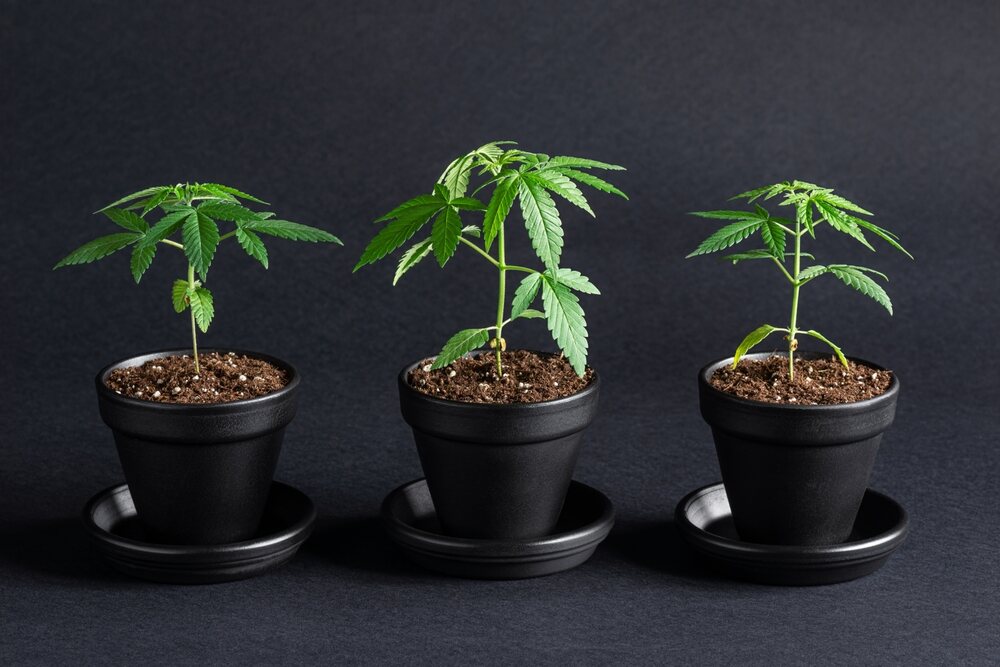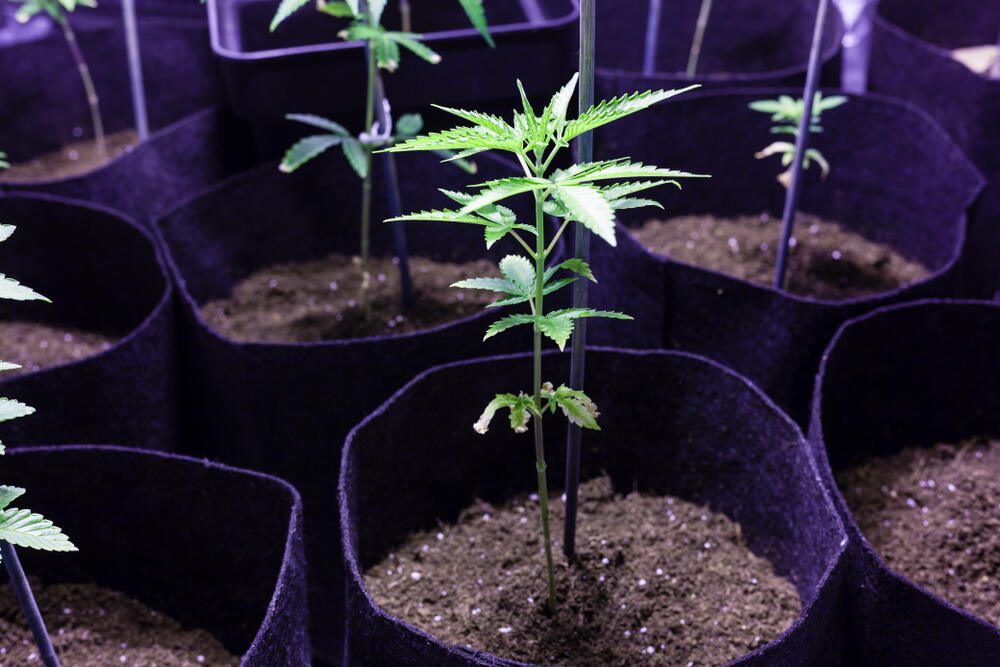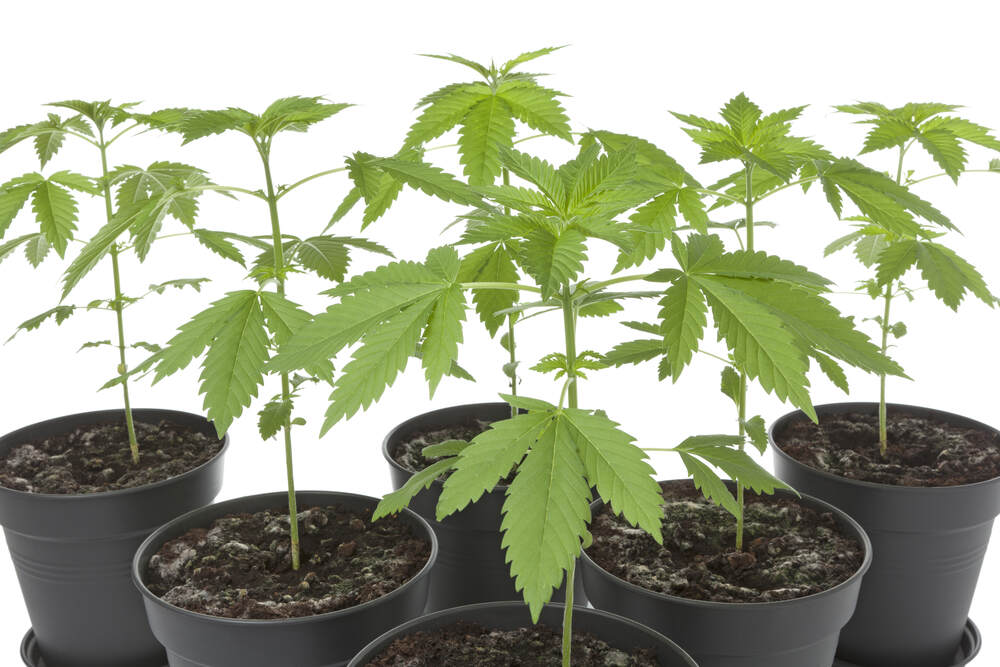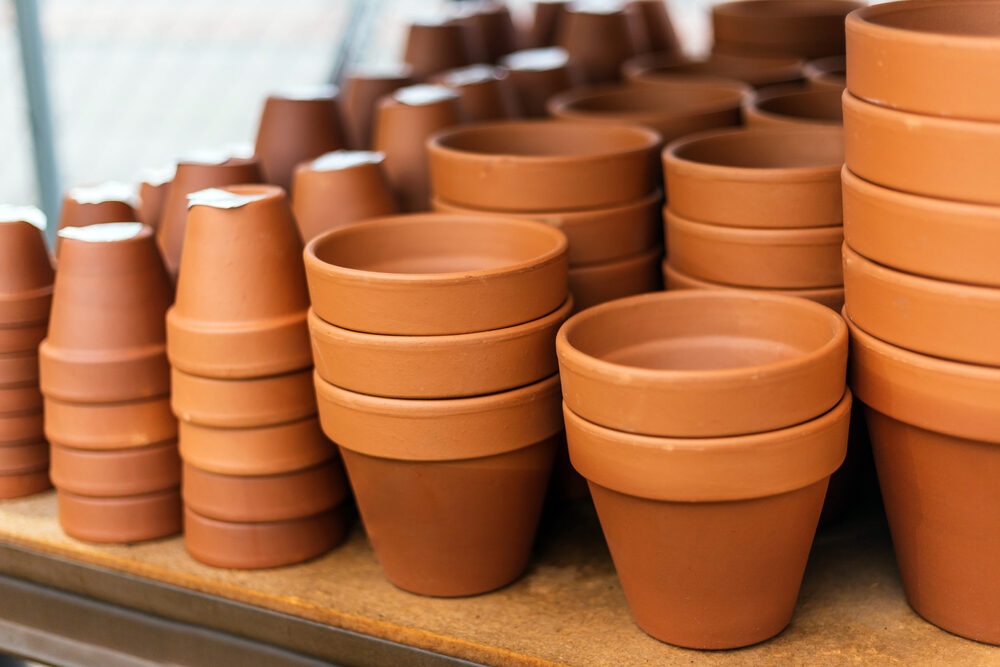The Best Fluffy Pancakes recipe you will fall in love with. Full of tips and tricks to help you make the best pancakes.

What are the best types of grow pots for cannabis?
If you’re venturing into the world of cannabis cultivation, you’re probably aware that there’s more to it than just popping a seed in some soil. Choosing the right pot can make a world of difference in how healthy and strong your plants grow. From fabric pots to traditional terracotta, every type has its perks—and maybe a few quirks too. In this guide, I’ll walk you through all the essentials so you can pick the perfect grow pot for your cannabis plants.
Why Choosing the Right Pot Matters for Cannabis Growth
Choosing the right pot is essential to help your cannabis roots spread out, breathe, and absorb nutrients. The wrong container can stunt growth, cause root problems, and hold back your plants from reaching their full potential. Let’s dig into why this choice is so important.
Impact of pot size on root development
Pot size affects how much space the roots have to spread and grow. When roots are confined, your plant’s growth can slow down, so the bigger the pot, the more room it has to flourish. However, using a pot that’s too big might lead to water retention issues, which could impact root health.
How different pot materials affect cannabis plants
The material of your pot matters for water retention, aeration, and temperature. For example:
- Plastic pots are affordable and retain water well but can lead to overheating.
- Fabric pots encourage air pruning and improve root health.
- Terracotta pots are breathable but dry out faster, so you’ll need to keep an eye on watering.
Each material brings something different to the table, so you’ll want to match it to your setup and climate.
The role of aeration and drainage in cannabis growth
Aeration and drainage are key to avoiding root rot and ensuring oxygen reaches the roots. A pot with good drainage holes prevents water from sitting around, while air-pruning pots help the roots naturally prune themselves, encouraging new root growth.
Types of Cannabis Grow Pots and Their Pros and Cons
There’s no shortage of options when it comes to picking a pot. Here are the most popular ones and their pros and cons.
Fabric pots: Benefits and drawbacks
Fabric pots (or grow bags) are made of breathable material that promotes root pruning. This air pruning helps the roots spread out, preventing them from circling around the pot. But, keep in mind, they dry out faster, so you might find yourself watering more often.

Plastic pots: Advantages and considerations
Plastic pots are affordable, reusable, and retain water well, making them convenient for beginners. However, they’re not as breathable, so you risk root-bound plants if they stay in these pots too long.

Terracotta pots: When to use and avoid
Terracotta pots are great for outdoor grows or dry climates because they allow excess moisture to evaporate. The downside? They’re heavy and can dry out quickly, especially indoors, so they might need more frequent watering.

Smart pots: Features and growing benefits
Smart pots are a type of fabric pot specifically designed for cannabis growers. They help with air pruning and promote a healthy root system. The downside is that they may need more frequent watering due to increased evaporation.
Grow bags: How they compare to traditional pots
Grow bags work similarly to fabric pots, providing good aeration and drainage, which leads to better root health. They’re also space-efficient and often come with handles for easy moving. However, like fabric pots, they can dry out quickly.
Factors to Consider When Choosing a Pot for Cannabis
Now that you know the types, let’s look at the specifics of choosing the right one based on your growing conditions and goals.
Understanding pot sizes for different stages of cannabis growth
Different growth stages need different pot sizes. Start with a small pot for seedlings, then transplant to a larger one as they grow. Here’s a quick guide:
- Seedlings: Start with a 1-gallon pot.
- Veg phase: Move up to a 3–5 gallon pot.
- Flowering: Use 5–10 gallons or more for outdoor growing.
How drainage holes support root health
Drainage holes allow excess water to escape, which helps prevent root rot and overwatering. Always choose a pot with enough drainage holes at the bottom, or drill some yourself if they’re lacking.
Importance of root aeration for vigorous growth
Root aeration is key for promoting a healthy root system. When roots get plenty of air, they can “breathe,” which prevents them from getting root-bound and promotes vigorous growth. Air-pruning pots, like fabric or smart pots, are perfect for this.
Best Pot Types for Indoor vs. Outdoor Cannabis Cultivation
Where you grow plays a big role in choosing the right pot. Indoor and outdoor environments have different demands.
Indoor cannabis growing: Recommended pot types
For indoor grows, fabric pots and plastic pots work well since you can control the environment. Fabric pots promote root health, while plastic pots help retain water, which can be useful indoors.
Outdoor cannabis growing: Pot options that perform well outdoors
Outdoor grows benefit from terracotta pots or large fabric pots. Terracotta is durable and prevents overheating, making it a great choice for sunny climates. Large fabric pots work well too, as they’re easy to move around if needed.
How to Prevent Root-Bound Cannabis Plants
Root-bound plants happen when roots circle around the pot and strangle themselves, which can seriously impact growth. Here’s how to avoid it.
What root-binding is and its impact on cannabis health
Root-binding occurs when roots hit the edge of the pot and start to circle, creating a dense root ball. This reduces their ability to absorb water and nutrients, stunting the plant’s growth.
How to select pots to prevent root-bound issues
Air-pruning pots like fabric and smart pots naturally prevent root-binding by encouraging roots to self-prune. Choosing the right size and pot material can help prevent this issue too.
Repotting techniques to support healthy root growth
Repotting gives roots the space they need to grow. When repotting, be gentle with the root ball and place the plant in a slightly larger pot with fresh soil to support healthy growth.
Tips for Maintaining Cannabis Plants in Different Pot Types
Each pot type has its quirks, so here are some tips to keep your cannabis plants thriving.
Watering tips based on pot material and size
Different pot materials hold water differently:
- Plastic pots retain water longer, so water less often.
- Fabric pots dry quickly, so check them more frequently.
- Terracotta pots may need even more frequent watering, especially outdoors.
Managing nutrient levels for potted cannabis plants
With potted plants, you control all nutrients, so adjust feeding schedules based on pot size. Smaller pots need more frequent, diluted feedings, while larger pots can handle bigger doses.
Common pot-related issues and how to solve them
Issues like root rot, drying out, or root-binding can all be tied to your pot choice. Solve root rot with better drainage, check moisture regularly to prevent drying, and use air-pruning pots to avoid root-binding.
FAQ:
What is the best size pot for cannabis?
3–5 gallons for indoor grows, 5–10 gallons for outdoor grows. Larger sizes help roots spread and support bigger plants.
Do fabric pots improve cannabis yields?
Yes, fabric pots allow air pruning, promoting healthier roots and potentially higher yields.
How often should you water cannabis in different pot types?
Plastic pots hold water longer, fabric pots dry out faster, and terracotta dries quickest. Check each type and water accordingly.
Are Smart pots better than traditional pots for cannabis?
Smart pots improve aeration and prevent root-bound issues, often making them better for cannabis.
What are the benefits of air pruning for cannabis plants?
Air pruning prevents root circling and promotes new growth, leading to a healthier root system.
Choosing the best grow pot for your cannabis plants doesn’t have to be a mystery. Each pot type has unique benefits that suit different growing environments and stages of growth. By understanding the pros and cons of each type, you can help your plants reach their full potential, whether you’re growing indoors or outdoors. Happy growing!




